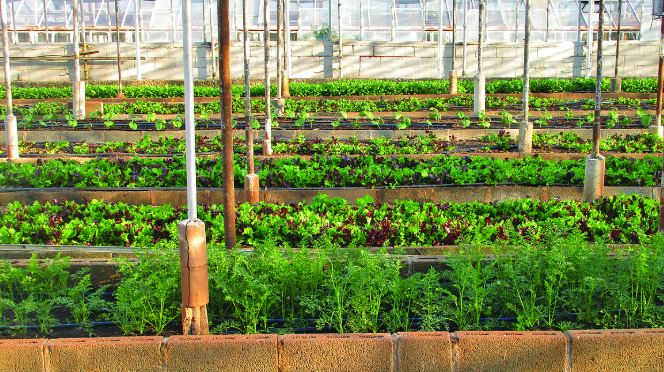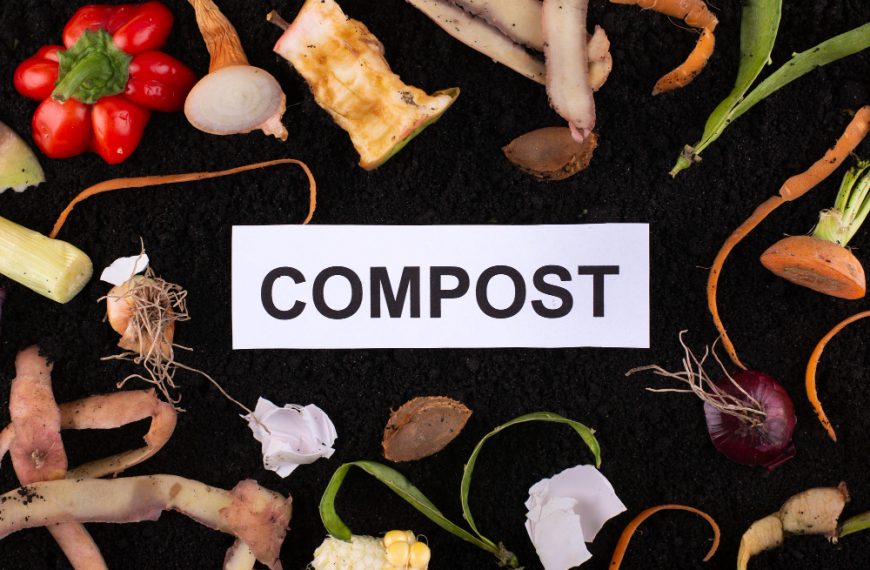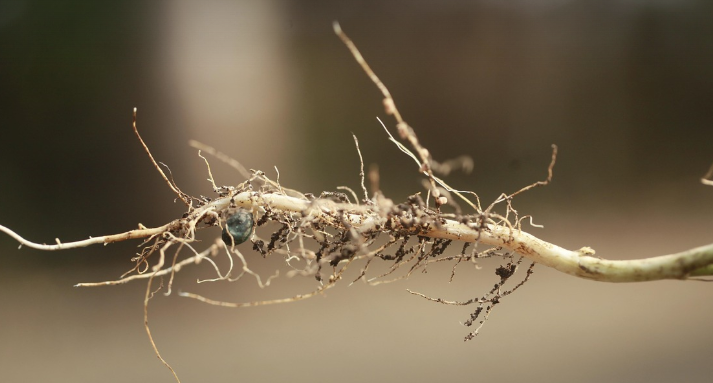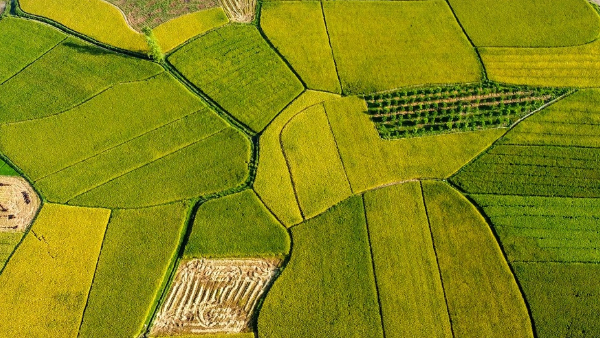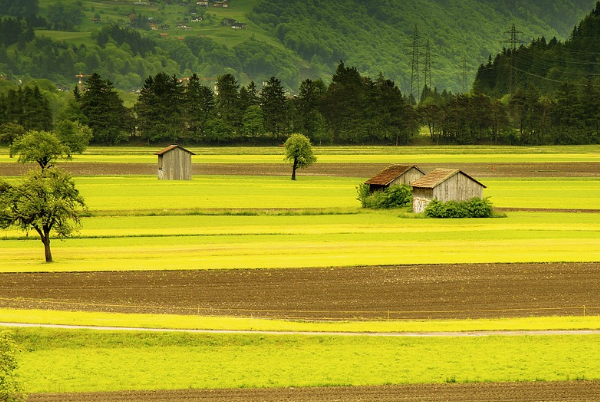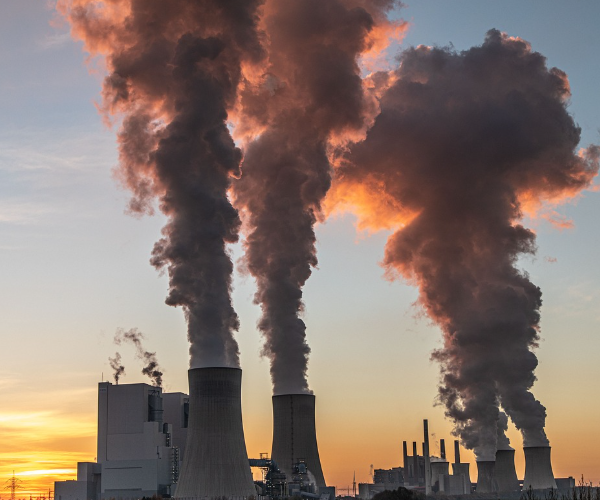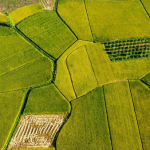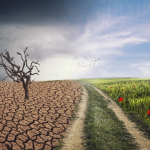
Blog & Article
TRENDING
Can Regenerative Agriculture Fight Climate Change?
Regenerative agriculture is an approach to farming that focuses on rebuilding…
How to Apply for Carbon Credits as…
Carbon credits represent a unique mechanism aimed at tackling climate change…
Composting as a Tool for Carbon Sequestration
Composting plays a crucial role in reducing greenhouse gas emissions by…
How Urban Farming Can Contribute to Carbon…
Urban farming plays a crucial role in carbon sequestration within urban…
The Role of Biofertilizers in Regenerative Agriculture
Biofertilizers offer numerous advantages in agriculture, serving as a natural and…
Understanding Carbon Footprints in Agriculture
A carbon footprint in agriculture refers to the amount of greenhouse…
FEATURED POST
Carbon Sequestration Technologies: Innovations in the Field
Carbon sequestration is a crucial process that involves capturing and storing carbon dioxide from the atmosphere to mitigate the impacts of climate change. By removing carbon dioxide from the air and storing it in natural ecosystems or geological formations, carbon sequestration helps reduce the concentration of greenhouse gases in the atmosphere, ultimately combating global warming. […]
Why Regenerative Agriculture is Key to a…
Regenerative agriculture offers a multitude of benefits that extend beyond the scope of traditional farming practices. By focusing on soil health and…
How to Implement Regenerative Farming on Small…
Regenerative farming offers a multitude of benefits for both the environment and farmers alike. By enhancing soil health through practices such as…
Carbon Markets: What Farmers Need to Know…
Carbon pricing is a policy tool designed to reduce greenhouse gas emissions by assigning a monetary value to carbon pollution. By putting…
The Science Behind Carbon Sequestration: How It…
Carbon sequestration is a vital process that involves capturing and storing carbon dioxide (CO2) from the atmosphere to mitigate its harmful effects…
